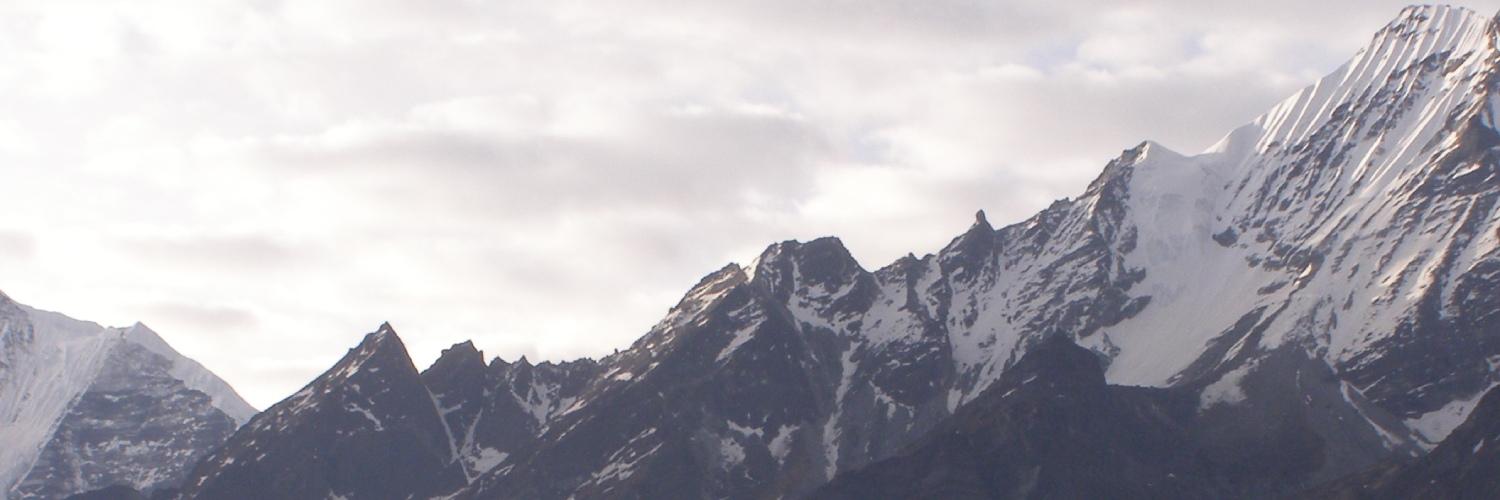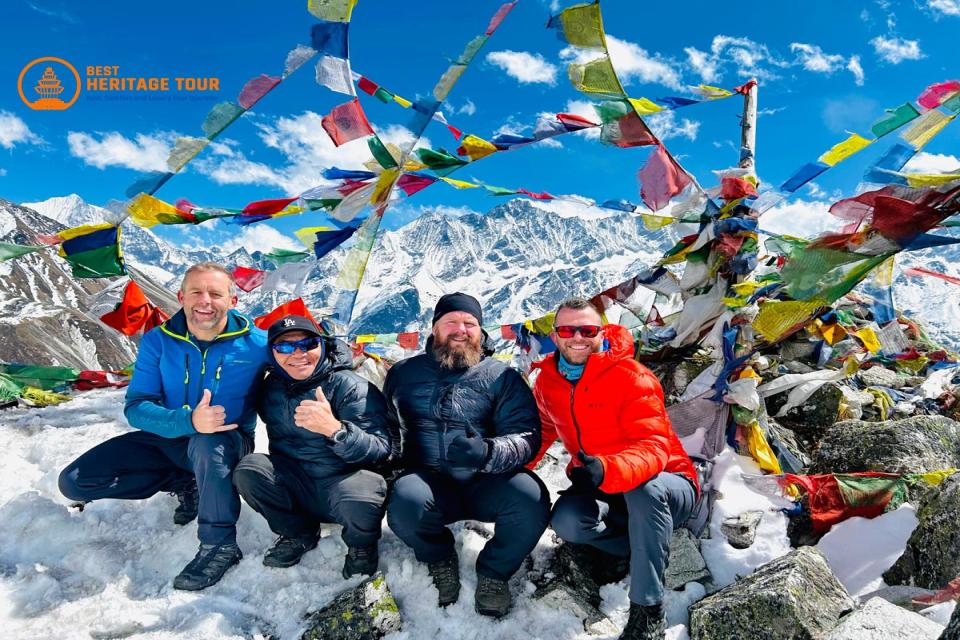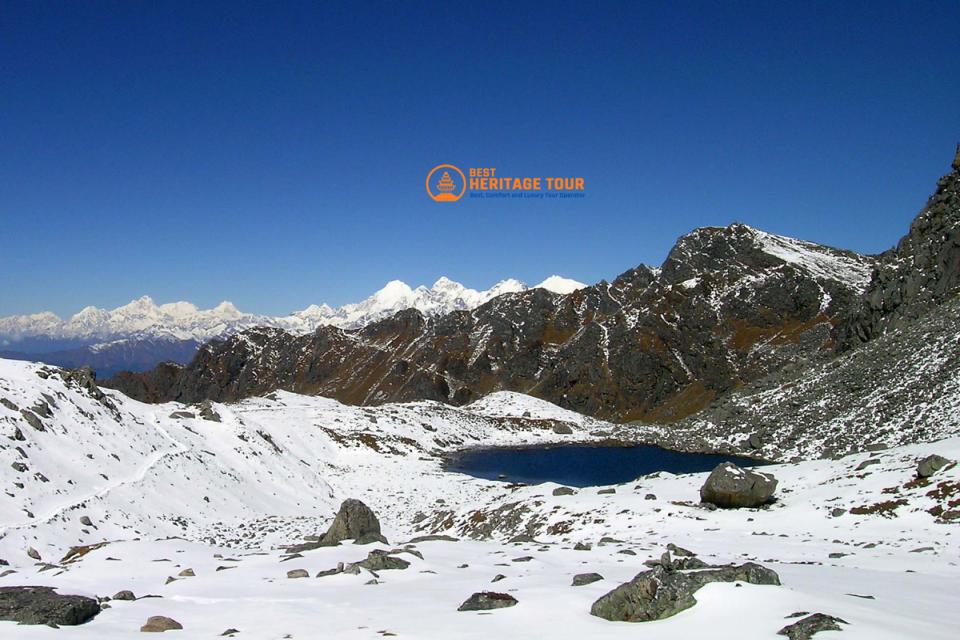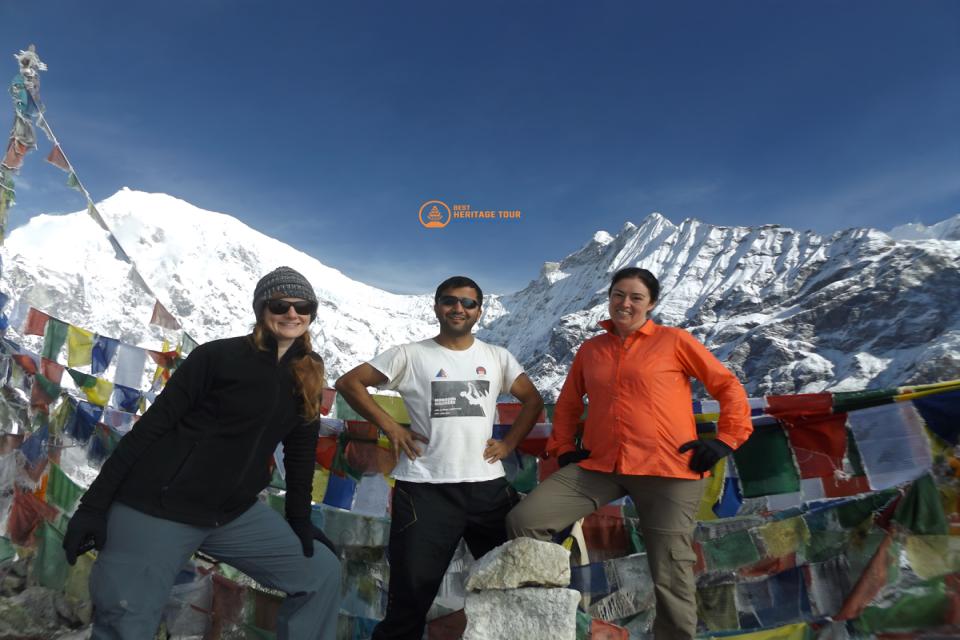Langtang Valley Trek is one of Nepal’s most stunning and accessible Himalayan adventures. Nestled north of Kathmandu, this trek offers lush forests, traditional Tamang villages, spectacular mountain views, and rich cultural experiences, all within a manageable itinerary. For many trekking enthusiasts planning their 2025/2026 journey, understanding the Langtang Valley Trek cost is crucial for budgeting and making the most of this unforgettable experience.
In this comprehensive guide, we break down every aspect of the expenses you can expect, from permits to food, accommodation to transport, gear to guides, to help you plan your trek with confidence and ease.
Overview of Langtang Valley Trek
The Langtang Valley Trek typically spans 7 to 10 days, taking you through the Langtang National Park, Nepal’s first Himalayan national park. The trail leads you from the trailhead in Syabrubesi up to Langtang Village and further into the valley surrounded by peaks like Langtang Lirung (7,227m).
This trek is categorized as moderate difficulty, making it suitable for beginner and intermediate trekkers alike. The best times to trek Langtang are spring (March to May) and autumn (September to November), when the weather is clear and temperatures are comfortable.
Breakdown of Langtang Valley Trek Costs
|
Expense Category |
Estimated Cost (USD) |
|---|---|
|
Trekking Permits & Fees |
$40 – $50 |
|
Transportation |
$10 – $60 |
|
Accommodation |
$5 – $15 per night |
|
Food & Drink |
$5 – $15 per day |
|
Guide & Porter |
$20 – $30 per day |
|
Gear Rental |
$5 – $15 per day |
|
Miscellaneous |
$5 – $10 per day |
Note: All costs are approximate and based on 2025/2026 rates.
Trekking Permits and Fees
Before setting off, trekkers must acquire the appropriate permits:
-
Langtang National Park Permit: Required to enter the park area. The cost is approximately $30 to $40 USD.
-
TIMS Card (Trekkers’ Information Management System): Mandatory for all trekkers in Nepal. The TIMS card costs around $20 USD for individual trekkers.
-
Local Taxes/Entry Fees: Occasionally, there might be small village entry fees or local taxes, usually less than $5 USD.
Permits can be obtained in Kathmandu through trekking agencies or at the Nepal Tourism Board office. Some trekkers prefer to arrange permits through their guide or trekking company for convenience.
Transportation Costs
Your Langtang Valley Trek starts at Syabrubesi, a scenic village about 120 km northwest of Kathmandu. Getting there involves:
-
Local bus: The cheapest option at about $10 to $15 USD one-way. Buses can be crowded and slower but are ideal for budget travelers.
-
Tourist jeep: Offers a more comfortable, faster ride for approximately $40 to $60 USD one-way.
-
Private taxi: If you prefer privacy and flexibility, taxis can be hired for around $60 to $80 USD one-way.
Most trekkers return to Kathmandu the same way, so double these prices for a round trip.
Accommodation Costs
Langtang Valley features numerous teahouses along the trekking route, providing basic lodging and meals. Accommodation prices vary based on location and season:
-
Lower villages (Syabrubesi, Lama Hotel): Teahouse rooms typically cost $5 to $7 USD per night.
-
Mid-altitude villages (Langtang Village, Mundu): Expect to pay $7 to $12 USD per night.
-
Higher altitude stops: Lodging can be slightly more expensive, around $10 to $15 USD per night, due to transportation challenges.
Rooms are generally simple, with shared bathrooms and basic facilities. Booking in advance is rarely necessary except during peak seasons when availability can tighten.
Food and Drink Expenses
Food on the Langtang trek is surprisingly affordable but varies by location and menu choice:
-
Local Dal Bhat (rice, lentils, vegetables): Around $3 to $5 USD per meal.
-
Western dishes (pasta, pizza, momos): Typically $5 to $10 USD per meal.
-
Snacks (biscuits, chocolate bars): $1 to $3 USD.
-
Bottled water: $1 to $2 USD per liter (highly recommended to avoid waterborne illness).
-
Hot beverages (tea, coffee): $1 to $2 USD.
Many trekkers rely on Dal Bhat for filling, nutritious meals and eat lighter snacks between meals.
Guide and Porter Costs
Hiring a guide or porter is highly recommended, especially for first-timers or those unfamiliar with Nepalese culture and trail conditions.
-
Guide fees: Typically $25 to $30 USD per day, including their food and accommodation.
-
Porter fees: Around $20 to $25 USD per day, plus their food and lodging.
Guides provide navigation, translation, safety assistance, and cultural insight, while porters carry your heavy gear to ease your load. Prices can be negotiated, especially for longer treks or group hires.
Gear and Equipment Costs
If you don’t already own trekking gear, renting is an economical option.
-
Sleeping bag: $5 to $10 USD per day.
-
Trekking poles: $2 to $5 USD per day.
-
Down jacket or fleece: $5 to $15 USD per day (varies by quality).
-
Headlamp: $2 to $5 USD per day.
Purchasing gear in Kathmandu before the trek is also common. Costs vary greatly depending on quality and brand but expect around $100 to $300 USD for essential gear if buying new.
Miscellaneous Expenses
Additional costs to factor in include:
-
Internet and phone charging: Many teahouses charge $1 to $2 USD per device charge.
-
Hot showers: Around $2 to $5 USD.
-
Laundry services: $1 to $3 USD per load.
-
Emergency or medical costs: Always have a contingency budget.
-
Souvenirs and handicrafts: Prices vary widely depending on item and bargaining.
Sample Budget for Langtang Valley Trek 2025/2026
|
Category |
Budget Trek (USD) |
Mid-Range Trek (USD) |
Luxury Trek (USD) |
|---|---|---|---|
|
Permits & Fees |
40 |
50 |
50 |
|
Transport (round trip) |
20 |
100 |
160 |
|
Accommodation (8 nights) |
40 |
96 |
120 |
|
Food (9 days) |
45 |
90 |
135 |
|
Guide/Porter (9 days) |
0 |
405 |
540 |
|
Gear Rental |
0 |
45 |
90 |
|
Miscellaneous |
20 |
45 |
60 |
|
Total Estimated Cost |
165 USD |
831 USD |
1,155 USD |
Note: Budget trek assumes no guide/porter, local bus transport, and minimal gear rental. Mid-range includes guide, jeep transport, basic gear rental. Luxury includes private taxi, guide & porter, and gear rental.
How to Save Money on the Langtang Trek
-
Travel Off-Peak: Avoid peak seasons (spring and autumn) to secure lower prices and fewer crowds.
-
Self-Catering: Buy snacks and light meals in Kathmandu or Syabrubesi to reduce food costs.
-
Group Travel: Share guide and porter fees by trekking in groups.
-
Negotiate: Bargain politely for transport, guide, and porter fees.
-
Rent Gear: Instead of buying expensive gear, rent it in Kathmandu.
Final Tips for Budget Planning
-
Carry enough cash: ATMs are limited outside Kathmandu and Syabrubesi.
-
Book permits early: To avoid last-minute surcharges.
-
Buy travel insurance: It can save costs during emergencies.
-
Prepare for price fluctuations: Weather, fuel costs, and local events can impact prices.
-
Respect local customs: Being courteous can sometimes lead to better deals.
Conclusion
The Langtang Valley Trek cost for 2025/2026 is quite reasonable compared to other Himalayan treks, making it a fantastic option for both budget travelers and those seeking comfort. From permits and transportation to accommodation and guides, understanding each cost element ensures smooth planning and enjoyable trekking.
Whether you choose a budget adventure or a guided mid-range experience, Langtang offers incredible value and unforgettable natural beauty. With proper budgeting and preparation, your 2025/2026 Langtang trek can be both affordable and life-changing.
Have questions or want to share your own cost-saving tips? Feel free to reach out!
Ready to Trek Langtang Valley in 2025/2026? Join Best Heritage Tour for an expert-led Langtang Valley Trek with easy permits, reliable transport, and personalized plans. Focus on the adventure, we handle the rest!
Book now or get more info now:
- Phone/WhatsApp/Viber: +9779851149197 / +9779810043046
- Email: bestheritagetour@gmail.com / info@bestheritagetour.com
- Website: www.bestheritagetour.com
- Location: Thamel Marg, Kathmandu, Nepal
Author: Best Heritage Tour
Date: 23rd June, 2025




